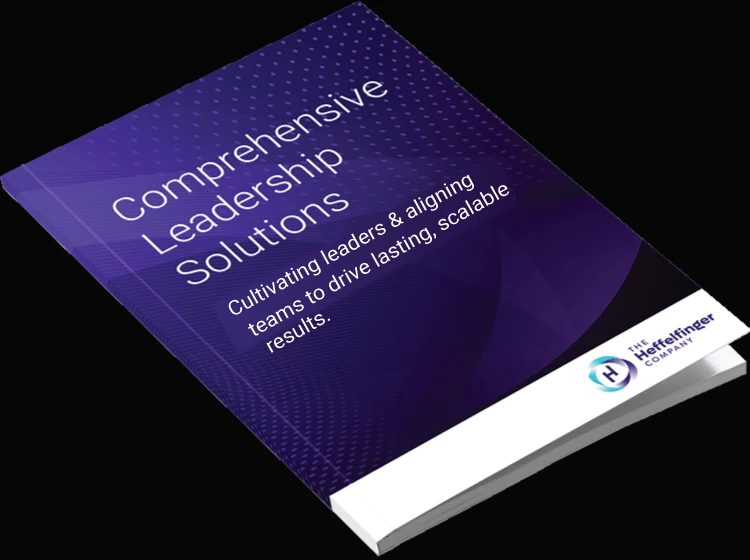“Employees who strongly agree they have had conversations with their manager in the past six months about their goals and successes are 2.8X more likely to be engaged.” ~ Gallup
Build stronger relationships with your employees through conversation! Engage and inspire employees to perform with ongoing “status” conversations versus having situational or episodic ones. There are four types of conversations: status, performance, career and crucial. Crucial conversations are the most challenging, time-consuming and the ones that many leaders don’t want to have. Let’s look at the four conversations we have taught many of our clients, and how to reduce the need for the crucial ones.
The Four Types of Courageous Conversations:
1. Status conversations: These are regularly held one-on-one conversations. The intent is to maintain high trust, eliminate barriers, and continue forwarding the action. Being proactive in this way gives the leader the ability to influence the direction a team member is taking, and remove any barriers they may be encountering or help them to navigate removing those barriers. Questions you may ask: How are they doing (e.g. on a project)? Where do they need support or resources? What do they need from you?
2. Performance conversations: Performance conversations are focused on where the business is going and what this person needs to do in order to contribute to the organization. You are giving feedback on their performance both acknowledging where they are high performing and where they can grow. These discussions are two-way, side by side – not an evaluation. Leaders get buy-in by giving feedback with what the organization needs, what the organization needs from them, and how they can contribute. These discussions are both backward-looking and forward-looking. If you are consistently conducting your status conversations, this discussion should come with ease and NO surprises!
3. Career conversations: Whereas performance conversations are more focused on the company’s interest first, career conversations are putting the employee’s interest first. These are about understanding what they want to do with their career. They may want to stay or grow in their current role or have a yearning to do something different. They may want to be a lawyer; however, they are currently an engineer. The focus is truly on them. What would truly make their heart sing? The leader helps them figure out how to get them there. This may mean referring them to another department. This can be a challenge for some managers because it is about the manager being altruistic.
The best leaders have the ability to focus on the person, helping them be successful. When leaders do this they create incredible loyalty now and in the future. Employees appreciate the contemporary leader.
4. Crucial conversations: If you are doing the first three conversations well and regularly, you reduce the time – and sometimes angst – spent on the crucial ones. These discussions are where the stakes are high, emotions are strong, and opinions differ. Giving feedback and dealing with conflict. It may be something they did that they need to understand or do differently. Critical conversations are important with bosses, employees, peers or direct reports.
Lastly and most important: Lastly, who do you, the leader, need to BE in any of these conversations? Do you need to be open, curious, helpful, instructive, calm, present, or something else? What is the mindset you want to enter into each of these conversations?
What conversations do you need to have?
Lead on!
Lori and James
Lori Heffelfinger & James Jackman
lorih@heffelfingerco.com | james@heffelfingerco.com
www.heffelfingerco.com







